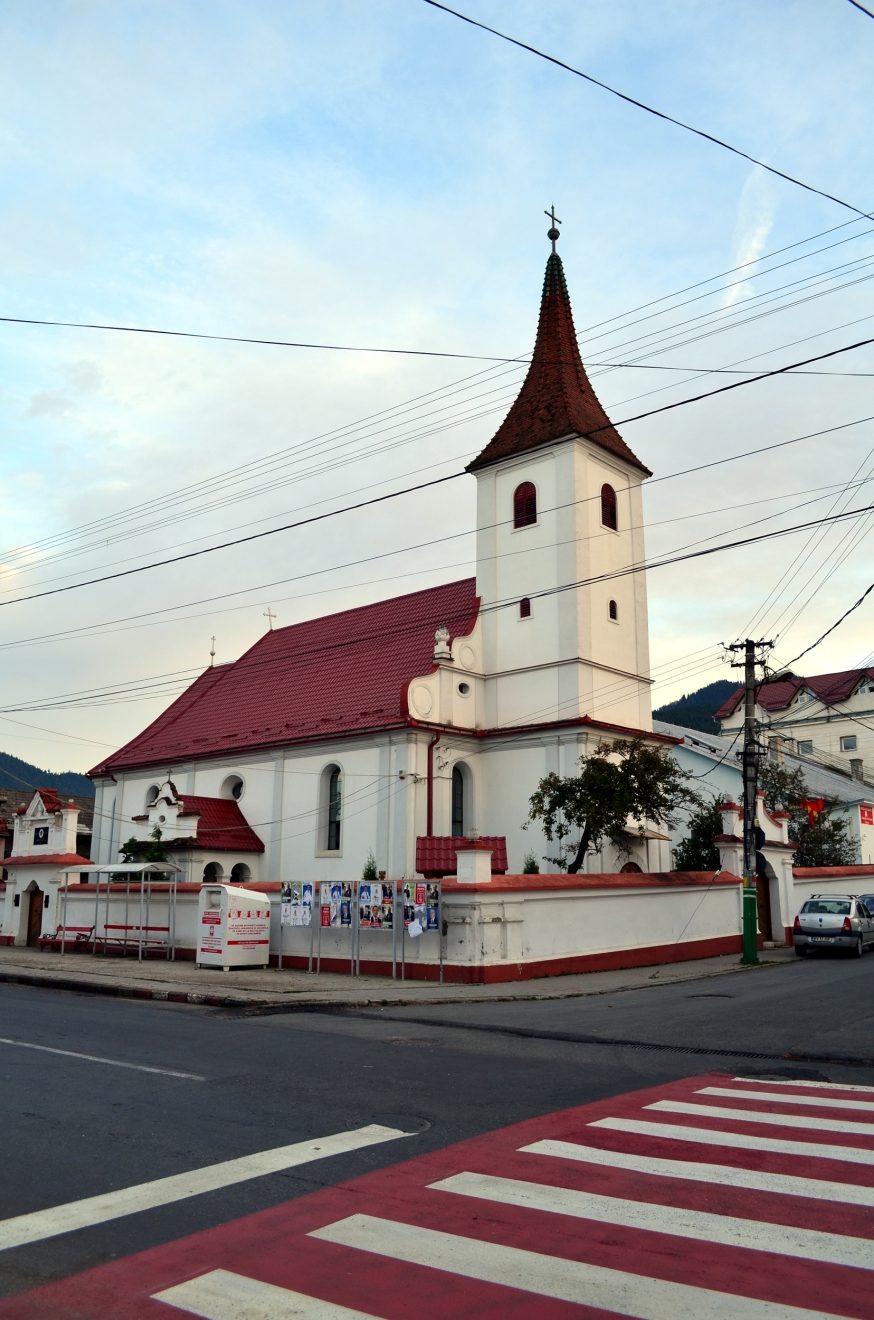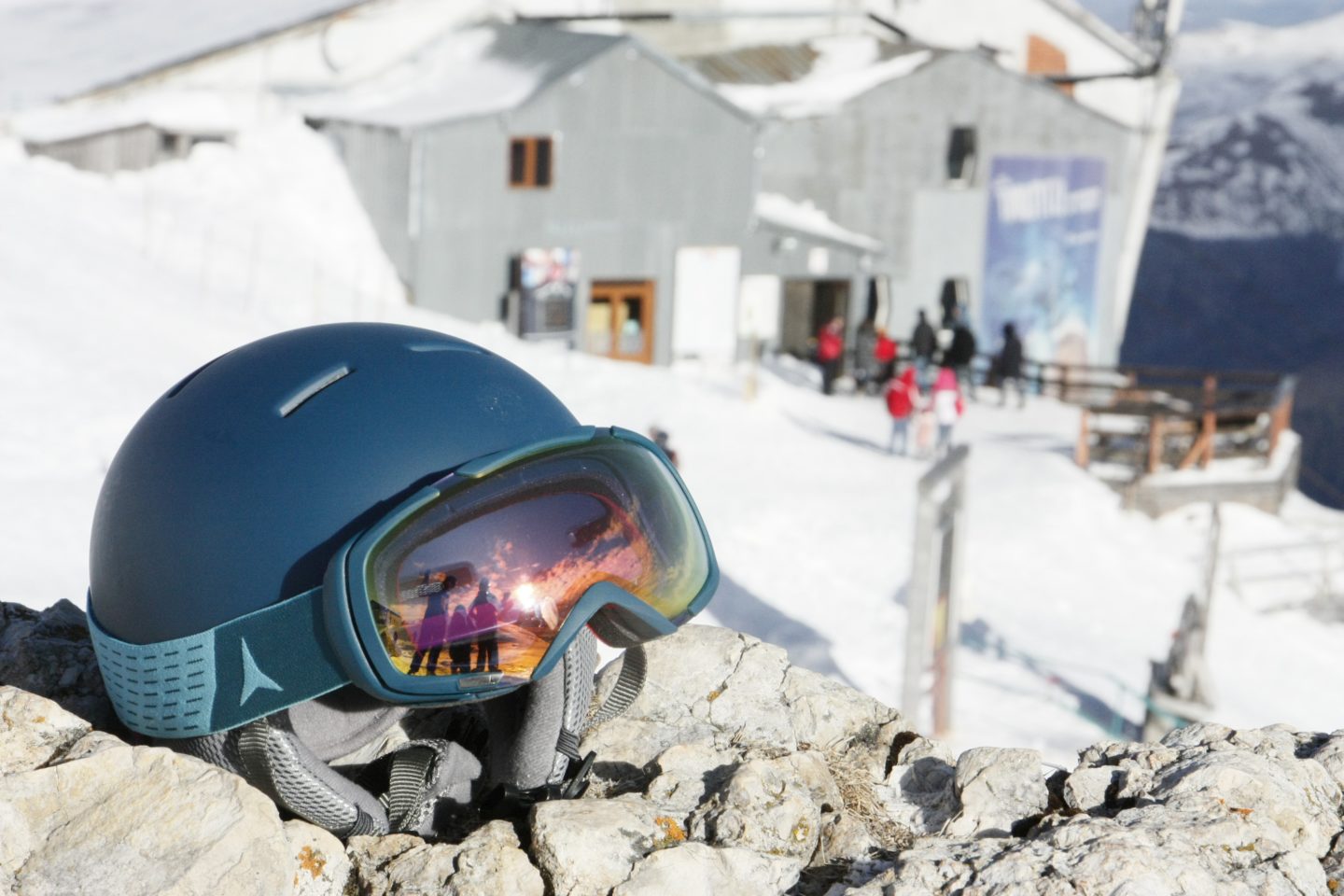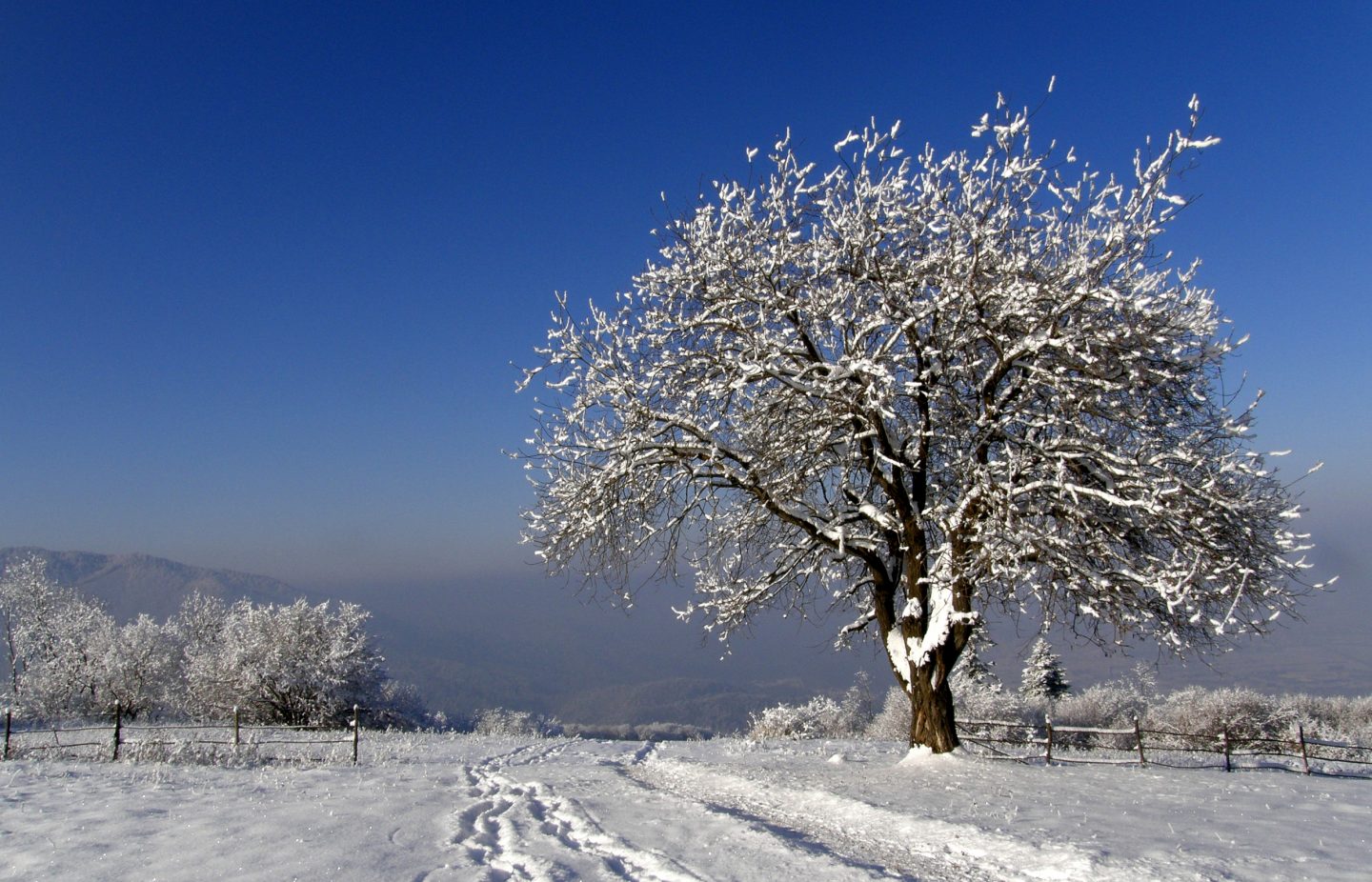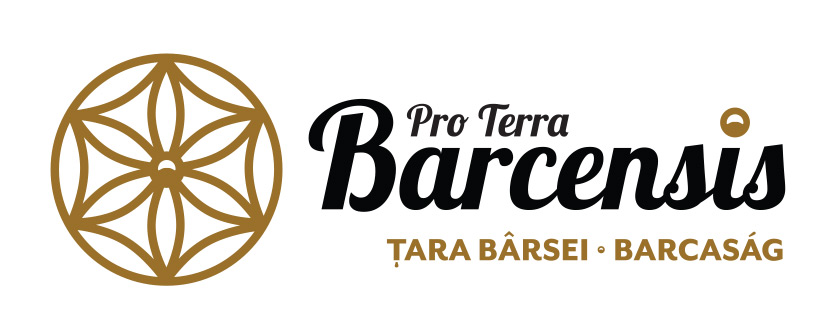
Baciu (Bácsfalu)
Bácsfalu, Villa Abbatis, Batschendorf, Baciu is part today of Săcele Municipality, until 1950 being a commune located at 6 km south-east of Brașov. At the moment of the Second World War, it had 2716 inhabitants, out of whom 1390 Hungarian and 1244 Romanian. The important personality of Csango from Seven Villages, sculptors Istók János and Jakab András were born here and the genealogical tree of famous priests Borcsa–Kiss from Seven Villages had its roots here.
*
* *
– Look at the shapes of the white clouds on the blue sky of Baciu village! – that over there is a shepherd.
– Márton, that is not a shepherd, it is an outlaw. A free outlaw.
– And look over there at that wolf!
– Márton, that is rather a dog, a guard dog!
Small children of shepherds are lying down on the fat grass below Gothard rock, and some cows are feeding at a small distance from them. The children washed in the cooling water of Fenyős river – called by the villagers: the River or Canal, as it reaches the village – and they laid down to rest. They are looking at the border from Seven Villages, at Bârsa field, respectively at the sky and chatting happily in the meantime. Their live imagination took wings. János is the oldest. He is preparing to go to school next year. In Satulung. During the discussion, his hand slips involuntarily on the clayey ground from the riverbed. He catches the clay in his hand. He models it. His live imagination offers a meaning, a shape to the swirly white clouds. They become statues in his fingers. Márton is the youngest. His small, black eyes search the unknown with untamed curiosity.
– What are you doing, mister captain?
– I am modeling. I am offering a shape to the clouds.
– I think you are casting spells. Of clay. Jancsi, you are the clay wizard!
*
* *
The first written memory about Baciu is the donation letter of king Louis I of Hungary, dating from May 16th 1366, by which he donated the areas between Timiș and Tărlung rivers, from “Brassoviensi province” and the properties under royal subordination from Huzyufalu (Satulung), Charnadfalua (Cernat), Turchfalua (Turcheș) and Zlanfalua (Baciu) to count Ztanislaw. We cannot explain the name Zlanfalua mentioned in that letter because such mention does not appear in other places, but the present unit of Săcele locality leads us to that uncontestable evidence that only Baciu locality could have been mentioned. One of the explanations could be given after the clarification, history exploration of Bolnoc fortress, if, for example, had come out that a certain Zalán would have been the fortress commander at that time and the village name would have been related to his name. The Latin name of the village (Villa Abbatis) is also mysterious or Abátia (from Hungarian language) coming from it, which obviously refers to the existence of a monastery in these places, not proved by history.
In 1444, it appears as Báchfalva, in 1456, Villa Bachfalw, in the donation letter of king Matthias Corvinus sent from Diósgyőr on August 25th 1460, Bachfalwa, in 1507, Batschfalva, in 1652, Bácsfalu.
In 1808, Baciu separated from the parish from Cernat and formed as mother church to which 18-20 families from Turcheș joined until 1886.
The church house was built in 1809 (45.6127° N; 25.6691° E; 655 m), then in 1811, under the ministry of Sárai Mihály, the church was also built (45.6126° N; 25.6688° E; 655 m). The organ and altar were built later. The organ, unlike the other churches from Seven Villages, is placed on the gallery above the altar.
A bigger bell was cast in 1814.
The length of the church sanctified in 1815 is 29 meters, its width is 12 m, the tower height is 30 m. it does not belong to any characteristic construction style.
In 1817, the enclosures were also built near the church house: barn, oven, shed and stable.
The church from Baciu had 1255 worshipers in 1830.
In 1831, the inhabitants were decimated by cholera and due to this the number of souls belonging to the congregation was reduced.
The popular school founded in the big hall of the parish shortly became narrow. It could not house the large number of children in the ‘30s and for this reason they built their confessional school made of wood in 1835.
The liberation fight from 1848/49 washed over the region, the Bloody Christmas took the lives of 20 persons from Baciu, however many of them fled and spent more weeks under the Kőba rocks. 33 persons enrolled in battalion 126/140 of Hungarian soldiers, out of whom 23 died heroically.
In 1862, with the dedicated help of Gödri Mihály, a new school was built (45.6127° N; 25.6689° E; 655 m), on which façade was written the following inscription: “Hungarian nation, hear that people which diligently takes care of its educational institutions will not want for nothing but will live for its happiness both on earth and in heaven 1862.” In the same year, Ballagi Mór visited the schools from Săcele. The Hungarian minister of culture at that time also visited after 7 years. In the memory of this visit, the inscription was sculpted in a stone board: “The education of our country / its glorious reformer / B. EÖTVÖS JÓZSEF / in the memory of his visit to Seven Villages / by the Hungarians from Baciu / on September 29th 1869.”
Almost in the same period with the school, the city hall was built, the two being face to face. This noble work – construction of city hall – could be completed during the time of mayor Simon Péter and clerk Barczaffy Árthur.
In 1891, the church paving was renovated and a new charnel house was built. At that time, the local railway between Brașov and Satul Lung was built, which greatly contributed to the prosperity of Baciu locality.
On April 16th 1893m Borcsa Simon István and his wife, Szén Anna, offered the church an organ of 1200 forints built by master Sonkenik János. The old organ was donated to the church from Ferestrău.
The first press product, the economic and social newspaper called Hétfalu (Seven Villages), was printed for the first time on August 12th 1906 and appeared twice a week until 1911. Besides Dr. Fekete Endre, Kiss Béla, the Evangelical priest from Baciu, was also an editor.
The construction of the new parish began in 1909 and on April 21st 1910, it was announced that “the retired priest, Borcsa Mihály, donated the church a valuable and very beautiful altar painting, which sanctification is wanted to be organized within the church festivity, together with the inauguration of the new parish, which is almost completed. […] This double festivity is likely to take place in the second day of Pentecost.”
The length of the painting made by Calr Heinrich Bloch is 3 m, width 2 m and it represents Jesus when he educated the people from the boat ashore of Galilee Sea.
In 1916, a stable and a shed for wood were built in the parish yard.
47 people from Baciu died heroically in the First World War.
Electricity was introduced in 1919. The church and church house were renovated in 1925. Mártis Mihály built a new pulpit.
Csángó Naptárak (Csango calendars), considered bibliophile rarities, appeared in Baciu from 1923 to 1931.
The arrangement works of the cemetery began in 1930.
The education in Baciu was only carried out in Romanian language between 1934-1945.
After the Dictate from Wien, many of the church members from Baciu took refuge in Northern Transylvania. For this reason, the number of congregation members was reduced.
Luther Naptár (Luther calendar) appeared in 1935 as follow-up to Csángó Naptárak (Csango calendars).
A new Evangelical publication called Evangelical Life (Evangélikus Élet) appeared in Baciu between 1936–1938.
The earthquake from 1940 damaged the church tower. The repair works were carried out shortly afterwards.
28 persons from Baciu died in the Second World War. In January 1945, due to his German origin, the congregation priest, Gillich Fülöp, was taken prisoner by the Russians.
On November 8th 1950, law no. 5 provided the unification of Baciu locality with the other three villages, Turcheș, Cernat, Satulung under the name of Săcele – probably from săticele (small villages).
In 1979, the charnel house was built in the cemetery of Baciu village (45.6097° N; 25.6672° E; 710 m).
After 1990, the number of children learning in Hungarian language is continuously decreasing. In 2010, the 5th – 8th grades of the Hungarian sections were liquidated, then the 1st – 4th grades in 2011. The education in Hungarian language was abrogated in Baciu locality, even if this area gave the world many intellectuals due to its educational, ecclesiastic life with rich culture.
Among the famous priests, church builders, scientists, sculptors, doctors, public and cultural personalities, politicians, lawyers, writers, journalists, newspaper editors and strategists, the artist sculptor Istók János is definitely the prominent one.
He was born on June 15th 1873, in Baciu and died at the age of 99 on February 22nd 1972, at Budapest. His life work is impressive. More than 350 statues, out of which more than 60 are ornaments in the squares from Hungary: statue of Bem old man in front of the building of the Ministry of Exterior, Statue of Széchenyi Ferenc, prototype of Hungarian academician, in the yard of the National Museum, monument of Csány László at Zalaegerszeg, statue of Ramasetter Vince at Sümeg, guarding dog Cézár in the amusement park, as many monuments about the first and the second world war and we could continue. He was a member of 10 international associations, holders of many orders due to the fact that his works, passing over many eras, drew the attention of many people, starting from Franz Joseph of Austria, by the Ministry of exterior of Poland, up to the specialized commissions from Hungary. His activity and sculptures bear distinctive signs, which were offered, after the primary school from Baciu, by the wood sculpture school from Satulung, starting on that artistic path paved by the master from München, Éberle Sirius, Stróbl Alajos, Köllő Miklós.
Jakab András (Baciu, May 5th 1906 – Bucharest, February 13th 1939), who could not reach the level of Istók János due to his death at a young age, even if the talent and skills existed. This was attested by Bucharest, Budapest, Rome, but unfortunately – following the Romanian legionary attack – he became the victim of the fight, with which the Csango people from Baciu village did not have any connection.
If we can talk about dynasties in the case of priests, just like the kings, then Borcsa Mihály (Baciu, February 22nd 1824 – Baciu, December 3rd 1913) definitely founded a dynasty of priests. His descendents followed the lead of the “Patriarch” from Seven Villages, “Kossuth’s courier” – because he was also a soldier in 1848 –Kiss Árpád (Sâncraiu, November 16th 1851 – Cernat, December 21st 1929), being his son-in-law in the genealogical tree of Borcsa–Kiss family, besides them, 11 priests, university professors at theology: Dr. Borcsa Mihály (1868–1902), Kiss Béla (1879–1920), Kovács Gyula (1880–1943), Bíró László (1891–1956), Kovács László (1916–2009), Dr. Kiss Béla (1908–1951), Füzessy Irén (1912–2004), Dr. Kovács László Attila (born in 1958), Kelemen Erzsébet (1965), Kiss Béla Andor (born in 1935), Török László (born in 1960).
Baciu – a small commune in the Carpathian curvature, on the Csango territory from Seven Villages, below Piatra Mare Mountain and Bunloc. Although its early history has many secrets, the faces of personalities are carved in rocks and the reality told by them made Baciu village become famous.
Kovács Lehel István: Térben és időben… Barangolás a Barcaságon
Hétfalusi Magyar Művelődési Társaság, Négyfalu, 2017.
ISBN 978-973-0-25878-3
Activities

The Seven Ladders Canyon (Romanian: Canionul Șapte Scări) is a mountainous canyon in the county of Brașov, region of Bâ...
Read morePrograms

If you visit the Bârsa region (Brașov county) you can enjoy the ski slopes in the alpine area in t...
Read more
With the advent of winter and the deposition of a thick, stable snow, the Seven Village area awaits ...
Read more
In the heart of Barcaság - Țara Bârsei, located at the base of Mount Postăvaru, Poiana Brașov i...
Read moreSpiritual heritage

A bouquet of colors from the long skirt to the popular Saxon harbor, which in turn was taken over by...
Read moreLocal products
Our recommandations

A welcoming and cosy cabin, suited with the urban comfort. It's the perfect base to discover and explore the most beautiful s...
Read more
In the center of Brașov, guests can enjoy the unique aroma of tastes inspired by Hungarian and Transylvanian cuisine. Serve...
Read more